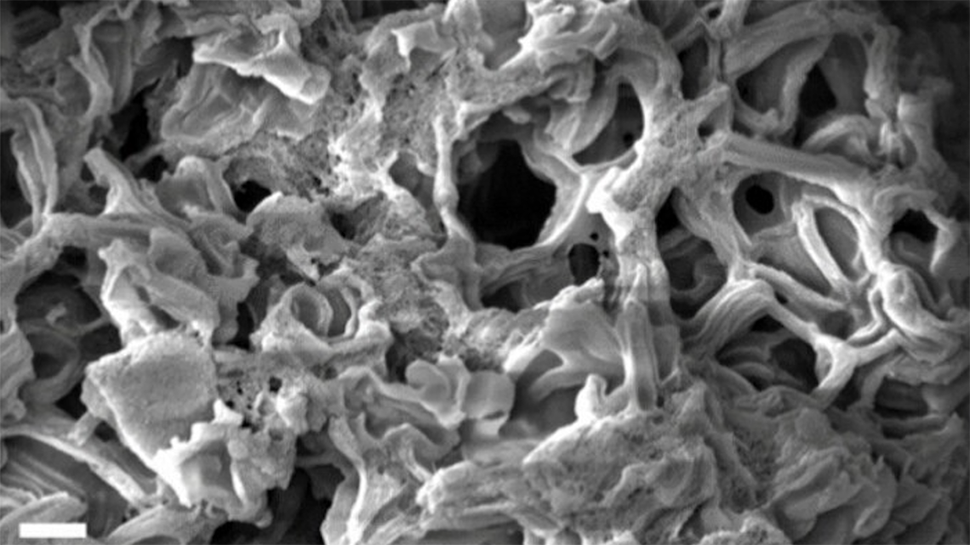11 basketball courts in 1 teaspoon: this new material, borne from the space age, could hold the key to next-generation batteries and ultra small power cells

Researchers at Cornell University have made a significant breakthrough by creating a nanoporous carbon material with an outstanding surface area, making it capable of trapping various substances including chemicals. This innovation could revolutionize carbon-dioxide capture and energy storage technologies, potentially advancing the field of batteries. The material boasts an incredible surface area of 4,800 square meters per gram, equivalent to the size of an American football field condensed into a teaspoon.
The team, led by senior author Emmanuel Giannelis, collaborated with postdoctoral researcher Nikolaos Chalmpes to adapt hypergolic reactions – typically used in rocket propulsion – to synthesize this unique carbon material. By fine-tuning the process, they were able to achieve ultra-high porosity, significantly enhancing its performance in pollutant adsorption and energy storage applications. The material demonstrated exceptional carbon dioxide adsorption efficiency and energy density, showing promising potential for batteries and small power cells where compact and efficient energy storage is crucial.
This groundbreaking research, published in ACS Nano, signifies a significant step towards developing innovative carbon materials with advanced capabilities, paving the way for new possibilities in energy storage and beyond.







